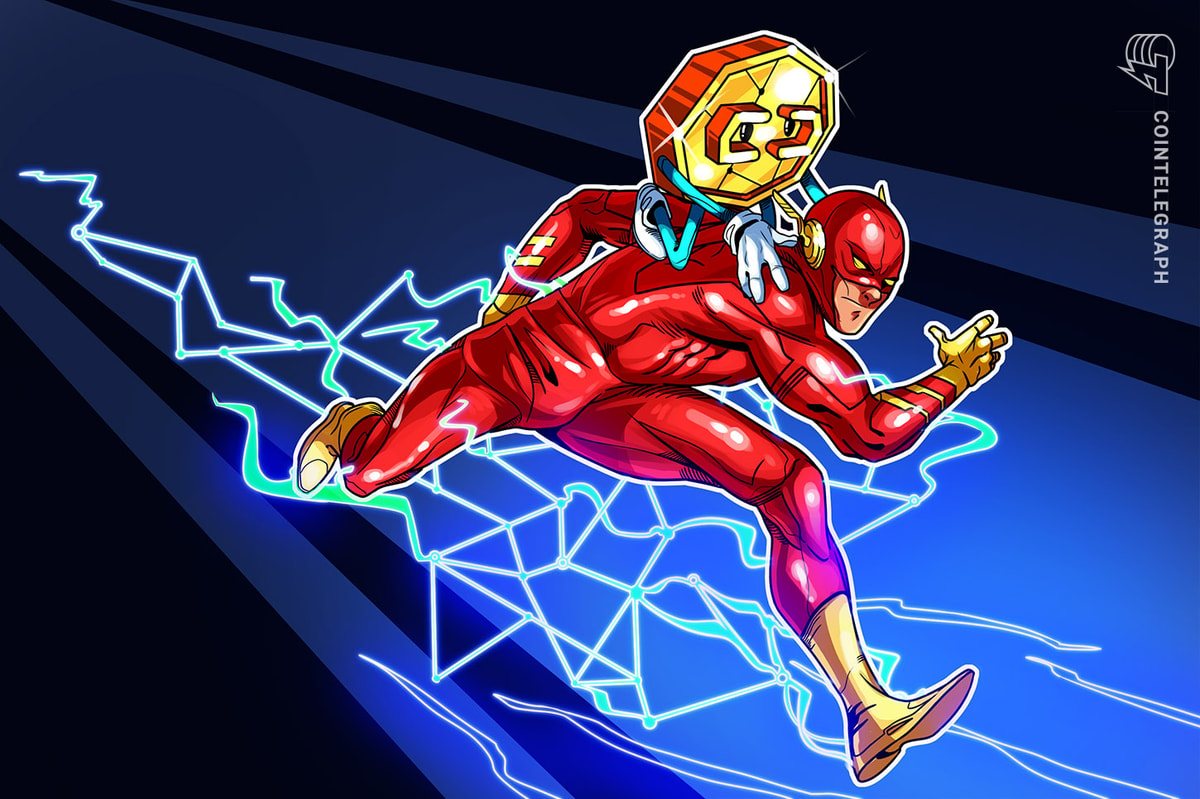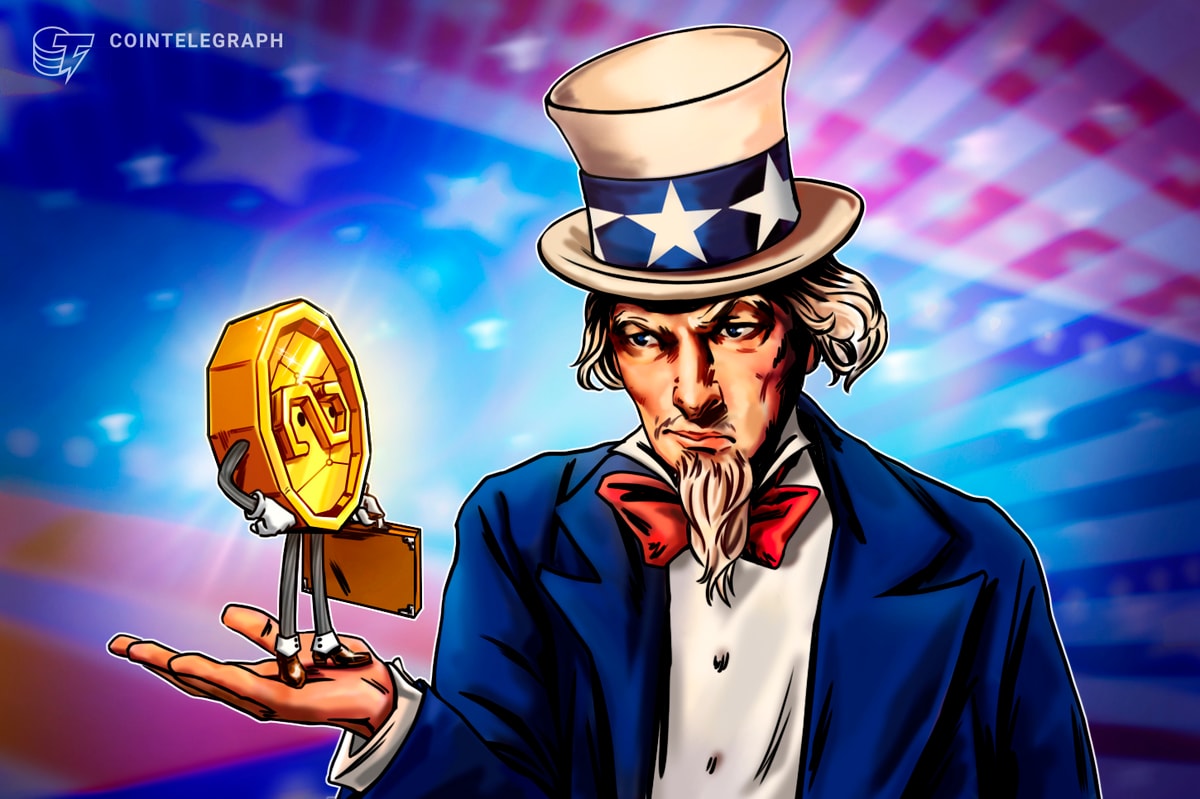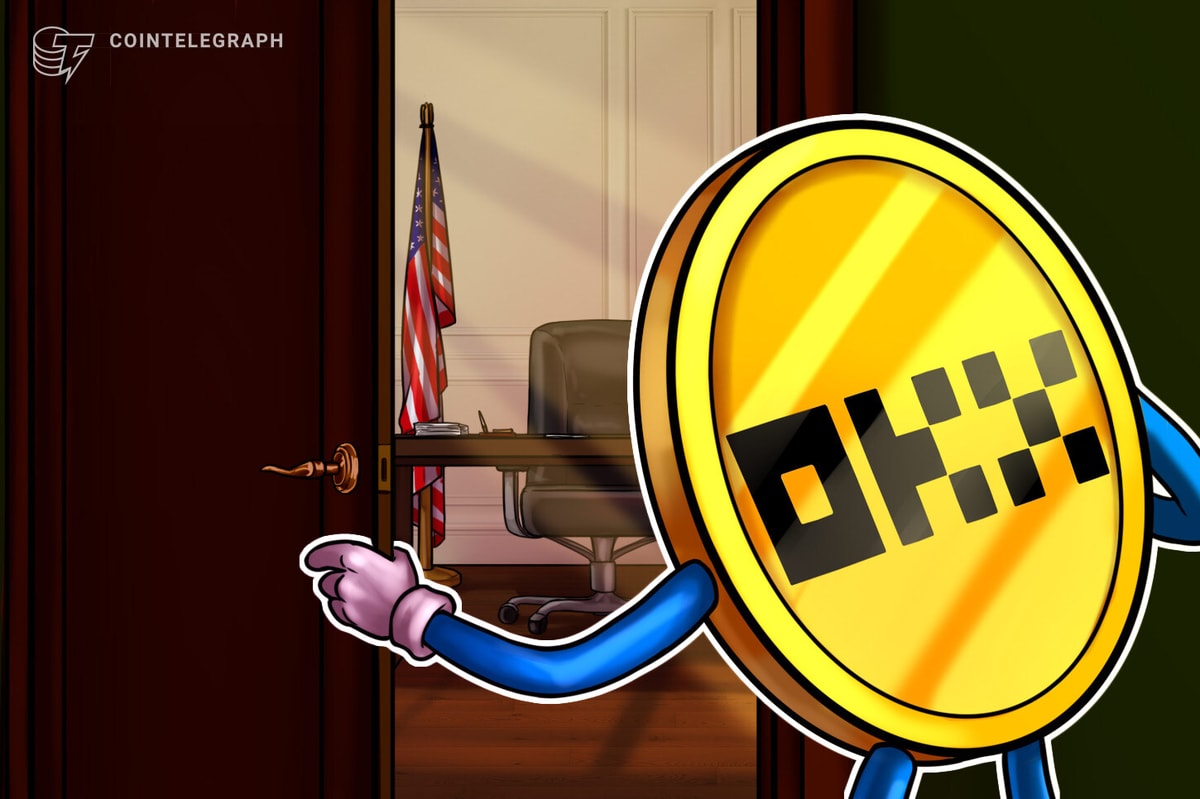DeFi has been in an incredible explosion for the last several years. While there have been ups and downs, the overall trajectory has been impressive.

Stories of investors becoming millionaires (and billionaires), and FOMO (fear of missing out) becoming almost a tangible force, it’s important to look at what has happened with some perspective. We need to better understand just where we are on this roller coaster, and what is on the horizon.
Gold Rush Fever
Thankfully, maddening rides like this have already happened. Oddly enough, the DeFi craze has many similarities to something very old-fashioned: the gold rush. Take for instance the 1848 San Francisco gold rush. When word that gold had been found reached the ears of the eastern US, people came out in a wave of gold fever, with FOMO driving people to drop their entire lives and join the rush. People completely unprepared to mine for gold saw that others were getting rich and were happy to risk everything for just a chance to strike big. Some did indeed get rich, others lost everything, and there were probably a few who broke even. Towns were built seemingly overnight, and were abandoned when the local area gold veins ran out. The entire period in history was incredible, insane, and left winners and losers alike behind.
So what can that tell us about DeFi? Are we in for a ghost town scenario?
Post-Rush Growth
No one can see the future, but it seems that instead of being in the rush, we’ve actually passed it. Why this might be alarming, it’s actually excellent news. If you follow San Francisco past the ghost towns and the post-ferver attitude, what you find is the foundation for San Francisco as it exists today.
While finding the literal gold had slowed, a different type of wealth was just beginning to be discovered. Business giants like Levis built their foundation from the rush, but began their growth to an empire afterward. Real estate boomed, and one of the iconic cities of the world was built. While we don’t always make the connection, San Francisco’s wealth after the rush was exponentially more than during. Think of the trillions of dollars in real estate value, the 100’s of billions in economic revenue, not to mention the culturally rich gifts the city has given to the world.
Bringing the comparison back to DeFi, we find ourselves learning from the rush and building a foundation for the future; a DeFi 2.0. What does this mean exactly? It means that some of the biggest issues and challenges from the first wave of DeFi centered around a few key issues: Compliance measures, a better UX for users, and a design for accountability (especially in the P2P markets). Any one of these items could stifle or even destroy the industry. Platforms see this, and are seizing the opportunity to build entire platforms around solving them.
While the ecosystem of DeFi 1.0 accomplished a great deal, it was limited by the challenges mentioned above. Platforms did the best they could, but without compliance you can’t have a global platform; without intuitive UX you can’t create mass adoption; and without accountability there is no trust for P2P. Platforms needed to resolve this, and a number of them have created the tools necessary. One of the leaders in this subindustry, tackling each of the issues, has been AllianceBlock. They have a compliance-first focus, and have developed a finance engine for users that can embed the required KYC/AML metadata into an NFT, making it both compliant and liquid. This alone creates a massive amount of new use cases for DeFi 2.0 platforms to use. Their UX design, like some of the other DeFi innovators, has learned what works and what doesn’t, and creates an experience to simplify the complexity of DeFi for a larger pool of potential customers. Finally, it has built a crowdfunding program called Fundrs, whereby Web3 projects can share their visions/plans and interested users can invest in the project, with a variety of potential rewards/returns. The investment is also in the form of a compliant NFT, helping create the appeal of a liquid asset and the chance for a secondary market for those late to the (funding) party.
The Next Era
DeFi 2.0 will begin the first mass adoption growth of crypto, which is what the industry has been excited about for years. There will be widespread finance, trading, investment; along with gaming, collecting (yes, even the cartoon NFTs), and social media experiences; the metaverse will transform from an experimental idea to a part of our daily lives; and the larger blockchain technology will embed itself into supply chains, manufacturing, fleet monitoring, engineering, court documentation, and even your pet’s medical records. The sky is the limit, and for the first time in history a large part of the world is connected, and teams from around the globe will have the chance to make their mark in the history books. The opportunity to create a truly unique, inclusive, and global ecosystem is exciting to imagine, and even more exciting to find a place in. There is a lot of work to do now that the wild gold rush is subsiding, but we haven’t begun to uncover the true wealth of DeFi.
Read More: news.google.com









 Bitcoin
Bitcoin  Ethereum
Ethereum  Tether
Tether  XRP
XRP  Solana
Solana  USDC
USDC  TRON
TRON  Dogecoin
Dogecoin  Cardano
Cardano  Lido Staked Ether
Lido Staked Ether  Wrapped Bitcoin
Wrapped Bitcoin  LEO Token
LEO Token  Avalanche
Avalanche  Chainlink
Chainlink  Stellar
Stellar  USDS
USDS  Toncoin
Toncoin  Shiba Inu
Shiba Inu  Sui
Sui  Wrapped stETH
Wrapped stETH  Hedera
Hedera  Bitcoin Cash
Bitcoin Cash  Litecoin
Litecoin  Polkadot
Polkadot  Bitget Token
Bitget Token  Binance Bridged USDT (BNB Smart Chain)
Binance Bridged USDT (BNB Smart Chain)  Hyperliquid
Hyperliquid  Ethena USDe
Ethena USDe  WETH
WETH  Pi Network
Pi Network  Monero
Monero  WhiteBIT Coin
WhiteBIT Coin  Wrapped eETH
Wrapped eETH  Coinbase Wrapped BTC
Coinbase Wrapped BTC  Dai
Dai  OKB
OKB  Uniswap
Uniswap  Pepe
Pepe  Aptos
Aptos  Gate
Gate  Tokenize Xchange
Tokenize Xchange  Ondo
Ondo  sUSDS
sUSDS  BlackRock USD Institutional Digital Liquidity Fund
BlackRock USD Institutional Digital Liquidity Fund  NEAR Protocol
NEAR Protocol  Mantle
Mantle  Internet Computer
Internet Computer  Ethereum Classic
Ethereum Classic  Cronos
Cronos